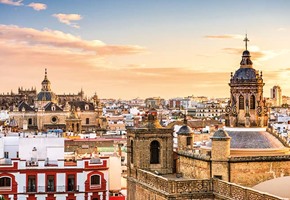
Experience Hidden Spain with the Experts
08/05/2025 · By Tim Hall
From Barcelona to the foodie haven of the Basque Country and iconic landmarks of Andalucía, uncover Spain with Great Rail Journeys’ Tour Manager Tim Hall.
Read moreThe Spanish capital is home to over three million people, making it the third largest city in the European Union. Madrid is located at the very centre of the Iberian Peninsula. The city is built on a plateau at 667 metres above sea level, giving it warm dry summers and cool winters.
Among the top attractions in Madrid are its three leading museums, which are located within a short walk of each other. The most famous is the Prado Museum, regarded as Spain's leading art gallery with one of the best collections in the world. Here you'll find work from leading Spanish artists such as Goya, Velázquez, Tizian, Rubens, and Bosch.
The Thyssen-bornemisza Museum has a mix of work representing 17th century Dutch painting, Impressionism, Russian Constructivism, and pop art, amongst other styles. The Reina Sofia Museum is housed in an enormous former hospital, which dates from the mid-18th century. The striking glass and steel external lifts were not part of the original hospital! The collection at the Reina Sofia consists mainly of Spanish works from the 20th century-the most famous of which is without doubt, Picasso's 'Guernica.'
The magnificent Palacio Real (Royal Palace) was built in 1764 to replace the Alcázar castle which had been destroyed by fire some thirty years before. The opulent palace is used for official state functions and is filled with impressive paintings, sculptures and antiques. When state functions are not taking place, almost the entire palace can be visited as part of the guided tour, including the Royal Armoury and the impressive Sabatini and Puerta de Moro Gardens.
Bernabeu stadium is home to Spanish football giants Real Madrid. A stadium tour (not possible on match days) allows you to walk down the players' tunnel, visit the Presidential Box and see the impressive haul of trophies close up.
Find out more with a free brochure and enjoy weekly travel inspiration and offers in our e-newsletter.
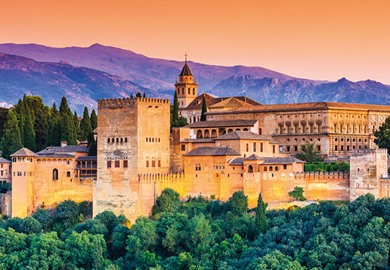
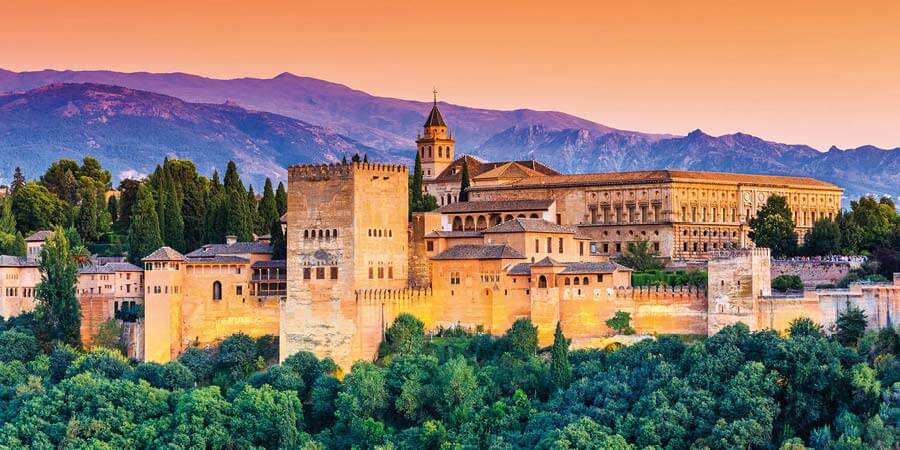
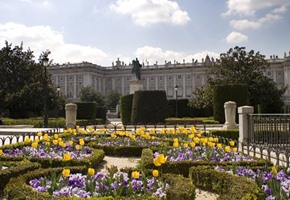
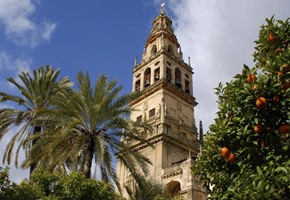
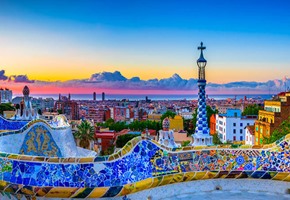
 (73 reviews)
(73 reviews)Discover the rich cultural heritage and artistry of Spain. On a journey through iconic cities, we travel from the capital of Madrid, into Moorish Andalucía and Barcelona. We explore Granada's World Heritage Alhambra palaces and gardens, Seville's vibrant landmarks including its historic cathedral, and wander through Córdoba's magnificent...
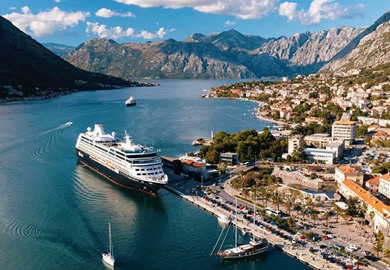
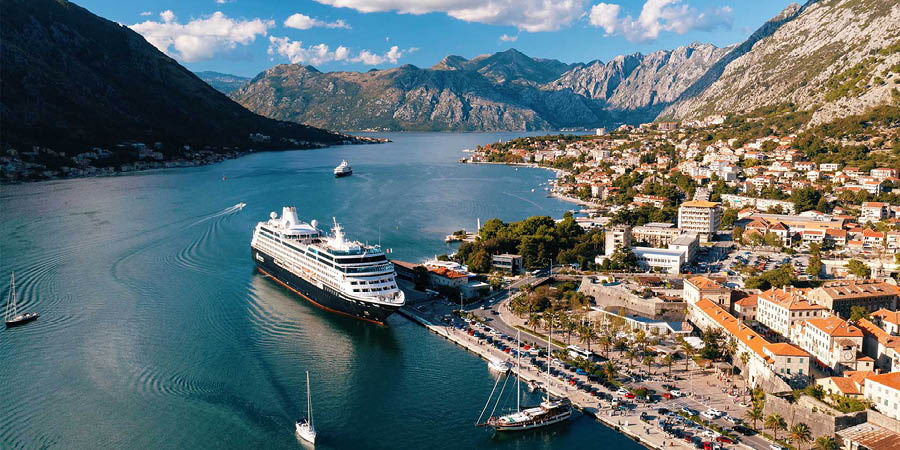
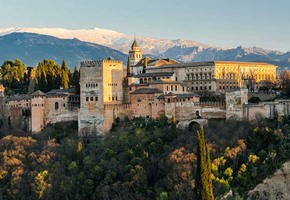

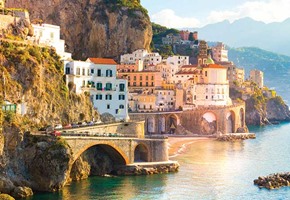
Let the wonders of Spain, Italy, Croatia and Slovenia captivate you on an incredible holiday across land and sea. Discover iconic cities and rich history, from Madrid's grand boulevards to Barcelona's striking architecture, all with the guidance of an experienced Great Rail Journeys Tour Manager. Then, set sail on an intimate Azamara...
